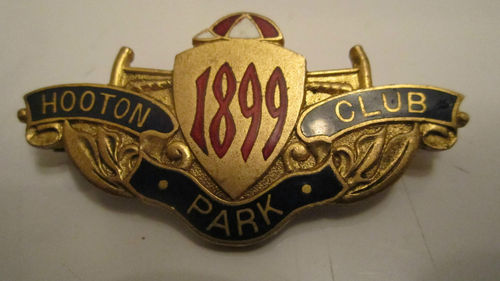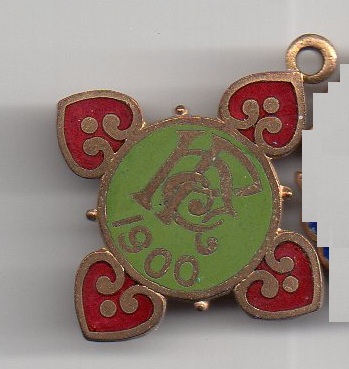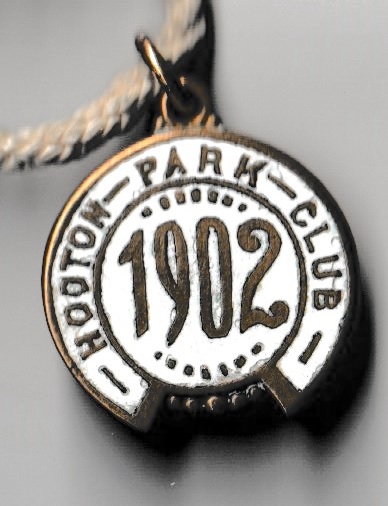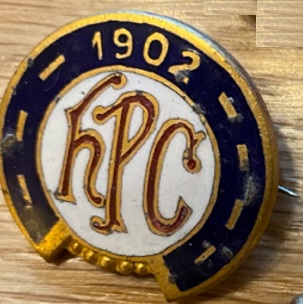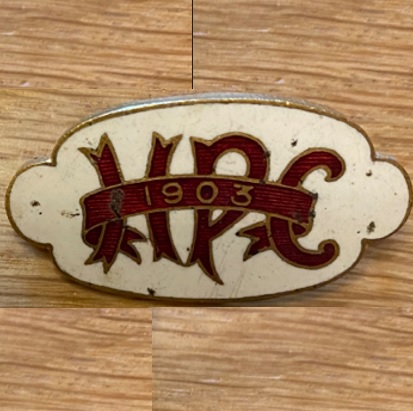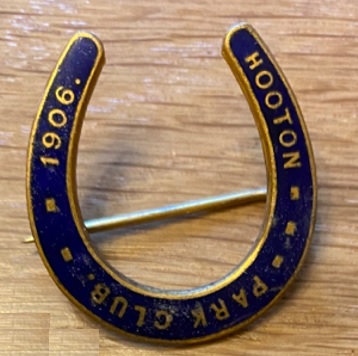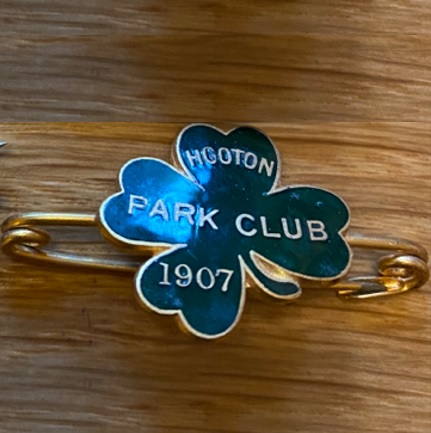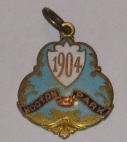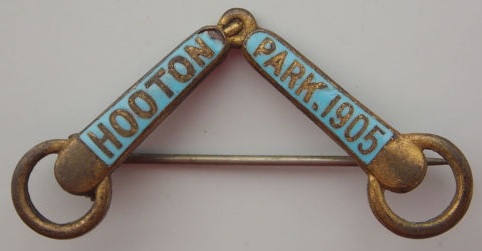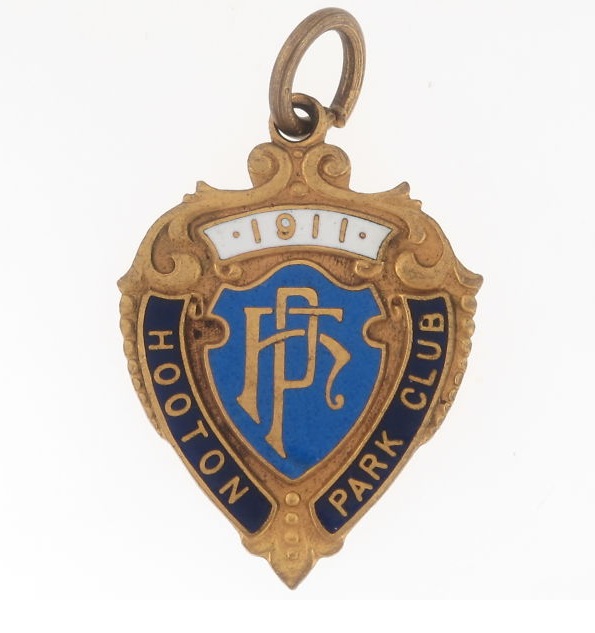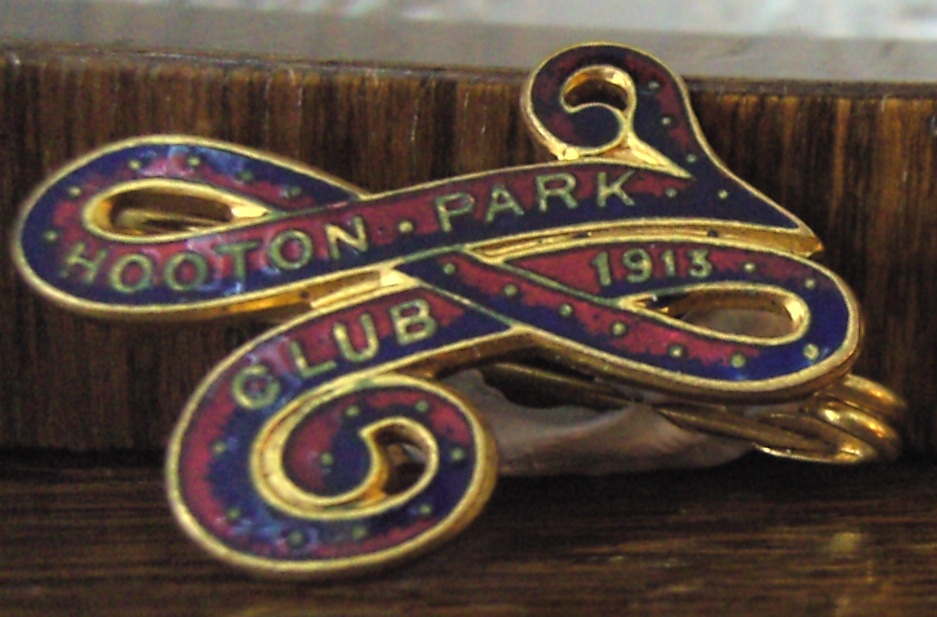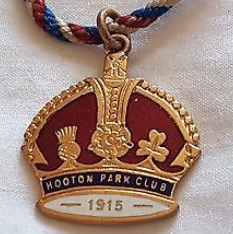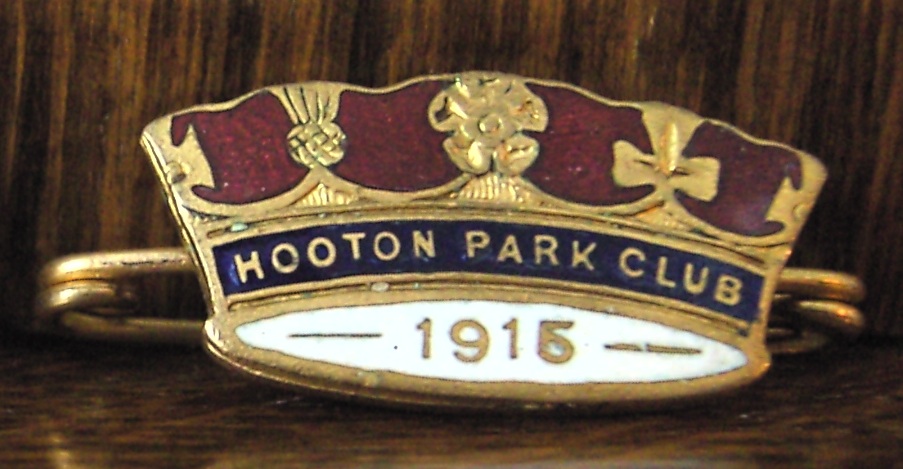Earliest meeting: Monday 22nd May 1899
Final meeting: Saturday 17th April 1915
The Hooton Park Racecourse was situated almost midway between Liverpool and Chester, being approximately 10 miles from each. Although the most prolonged period of racing began in 1899, there is evidence that meetings had been staged much earlier. Sir Thomas Massey Stanley, who owned the Hooton Hall estate in the early 19th century, was a frequent visitor to nearby Aintree and entertained guests at his Hall prior to making the short journey to Liverpool. Within his estate was a training ground, where his hunters and steeplechasers were prepared, and this was used to host private race meetings for his guests. On 1st March 1843 the Liverpool Mercury wrote ‘large parties of sporting noblemen and gentlemen were assembled in Liverpool and at the seat of Sir W Stanley where the Hooton Grand Steeplechase formed an additional attraction’. The Grand National in 1843 was won by Lord Chesterfield’s Vanguard. A steeplechase meeting was held at Hooton on 6th March 1846 when William Lynn, of the Waterloo Hotel Aintree, acted as judge. By 1849 Sir Stanley was declared bankrupt and sold Hooton Hall and its estate to Richard Naylor who had inherited a fortune from his uncle. He developed his own stud farm and racing stables on the estate; one of his many winners included Marconi, winner of the 2000 Guineas and Derby in 1863. At the very end of the 19th century a prolonged period of racing began on what Bayles described as ‘no more charming spot on the broad acres of this country, or any place, with better appointments for its purpose (racing)’. The inaugural National Hunt meeting took place on Whit Monday 22nd May 1899 on a course stretching 1 mile 5 furlongs and 62 yards. It was usual for five days racing annually which were always popular and well supported. The meeting on Saturday 11th November 1899 opened with the Cheshire Steeplechase Plate which saw Sir Peter Walker’s Slingsby defeat Golden Drake II, while the later Rock Ferry Hurdle was won by Merry Love for Mr H Walker. In 1904 the Great Cheshire Chase was won by St Moritz from Kirkland, but it was the latter who went on to greater achievements in 1905 when winning the Grand National. Tragedy visited Hooton Park on Monday 7th August 1911 when Longeneh fell at a hurdle in a lowly Selling Hurdle and his jockey Paddy Cowley died from his head injuries. In 1914, the busiest year for the racecourse, the principal race was the Hooton Park Hurdle, but the War then intervened. The final meeting was staged on Saturday 17th April 1915, after which the racecourse was used as an army camp and later an airfield. Although racing did not resume after the War had ended, a bizarre race was held in 1930 when 8 riders, all in white nightshirts, contested a race starting at midnight. The event, witnessed by a crowd in excess of 20,000, formed part of the 325th anniversary of the gunpowder plot.
Hooton Park Hurdle; Great Cheshire Chase
Saturday 11th November 1899
Rock Ferry Hurdle over 2 miles
1. Merry Love, 4 year old owned by Mr H Walker
2. Good Day, 3 year old owned by Mr T Bates
3. Spiddal, 3 year old owned by Mr R Mainwaring
Betting: 6/4 Green Tea, 3/1 Good Day, 4/1 Merry Love
I am grateful to Robert Jones for the rare glass slide image of Hooton Park races on Saturday 8th April 1911, the results of which are shown below.
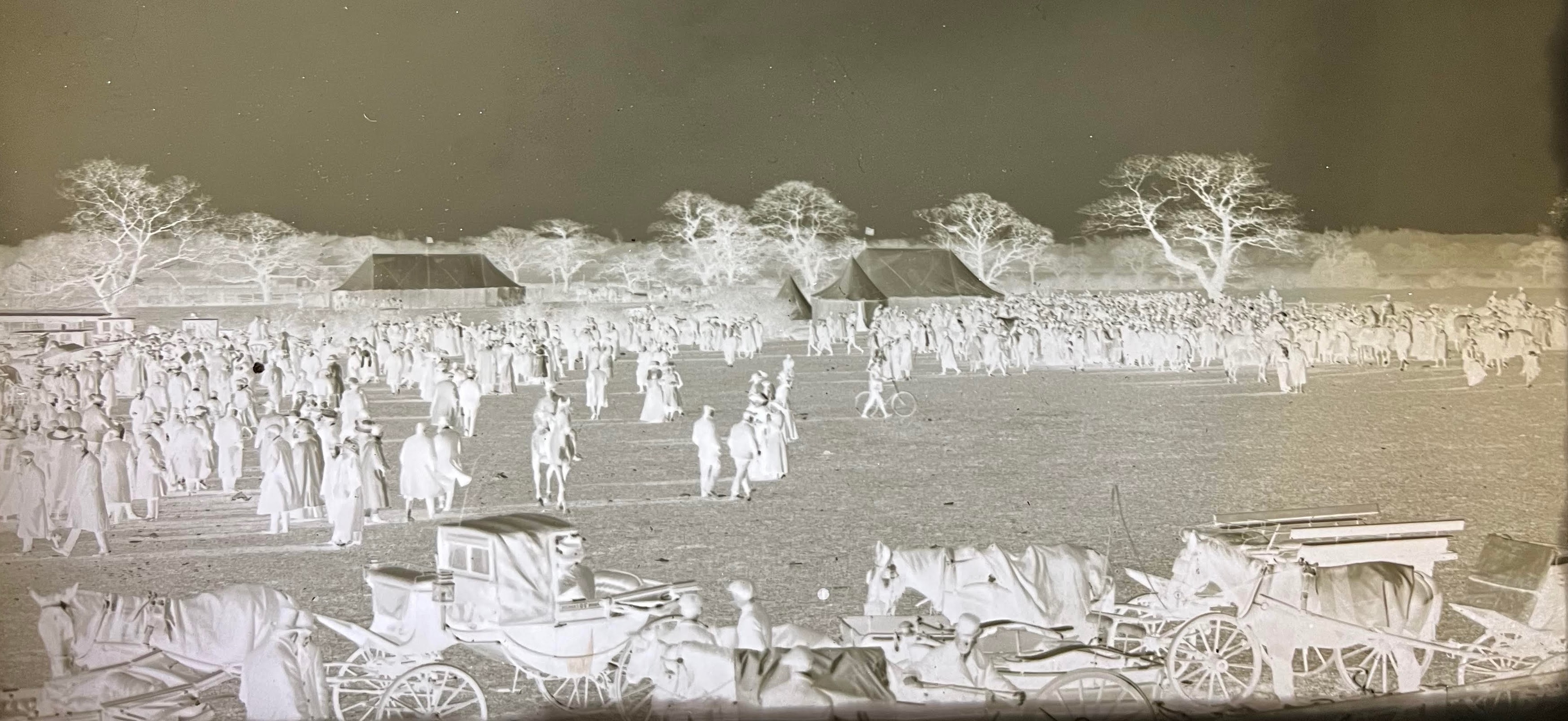
Saturday 8th April 1911
Canal Selling Steeplechase (70 sovs) over 2 miles
1. CAPTAIN BELL (5/1) owned by Mr H Clay, trained by Dudley Hill and ridden by H B Bletsoe
2. RED PLUME (4/6 fav) owned by Col J C Cote and ridden by G Goswell
3. LADY KATHLEEN (6/1) owned by Mr E Shrimpton and ridden by Mr P Roberts
Maiden Hurdle (70 sovs) over 2 miles
1. WILKINSTOWN (4/5 fav) owned by Mr C B Ismay, trained by Coulthwaite and ridden by Chadwick
2. PRESTER (5/4) owned by Lord St David and ridden by Ivor Anthony
3. SWEET HACKNESS (100/8) owned by Mr H Pratt and ridden by Mr H R Nelson
April Hurdle (150 sovs) over 2 miles
1. BLOODSTONE (5/4 fav) owned by Mr C B Ismay, trained by Coulthwaite and ridden by R Chadwick
2. WASHOE (13/8) owned by Mr A B Walker and ridden by W Earl
3. ST JUSTINIANS (4/1) owned by Lord St David and ridden by Ivor Anthony
Sutton Selling Hurdle (75 sovs) over 2 miles
1. HERBALIST (3/1) owned by Baron Von Tritzachler, trained by S J Bell and ridden by Gowland
2. JENKINS (7/2) owned by Mr W Nelson and ridden by Mr J H Nelson
3. ESPANOL (2/1 fav) owned by Mrs D Hill and ridden by F Pike
Moderate Handicap Steeplechase (70 sovs) over 2 miles
1. FRAMPTON (8/1) owned by Mr G P Sanday and ridden by Reaper
2. BUCKLAW (9/4) owned by Mr H V Hartigan and ridden by A Aylin
3. BRONZEWING III (6/4 fav) owned by Lord Gerrard and ridden by T Hulme
Wirral Hunt Steeplechase (50 sovs) over 3 miles
1. SIR HUBERT II (2/1) owned, trained and ridden by Mr Stevenson
2. PIERRE (4/5 fav) owned and trained by Mr W Paul
3. ETEOCLES (5/1) owned by Mr G P Sanday and ridden by Mr H Wilson
The 1914 meetings were abandoned due to the War, and the course was closed in 1915 and used as an Army Camp.
I am delighted to be able to provide below a link to a well-researched, excellently written article by David Allan
For access to the worthwhile Hooton Park Trust use the link www.hootonparktrust.co.uk
I am grateful to Ordnance Survey (© Crown Copyright) for permission to use the map shown below.
.jpg)
At Hooton, just under two miles from the railway station. No evidence of the previous existence of a racecourse and the Vauxhall Motor car factory now stands on the site.
Much of the information about this course has been found using internet research and is in the public domain. However, useful research sources have been:-
London Illustrated News
Racing Illustrated 1895-1899
The Sporting & Dramatic Illustrated
Northern Turf History Volumes 1-4 by J.Fairfax-Blakeborough
The Sporting Magazine
A Long Time Gone by Chris Pitt first published in 1996 ISBN 0 900599 89 8
Racing Calendars which were first published in 1727
